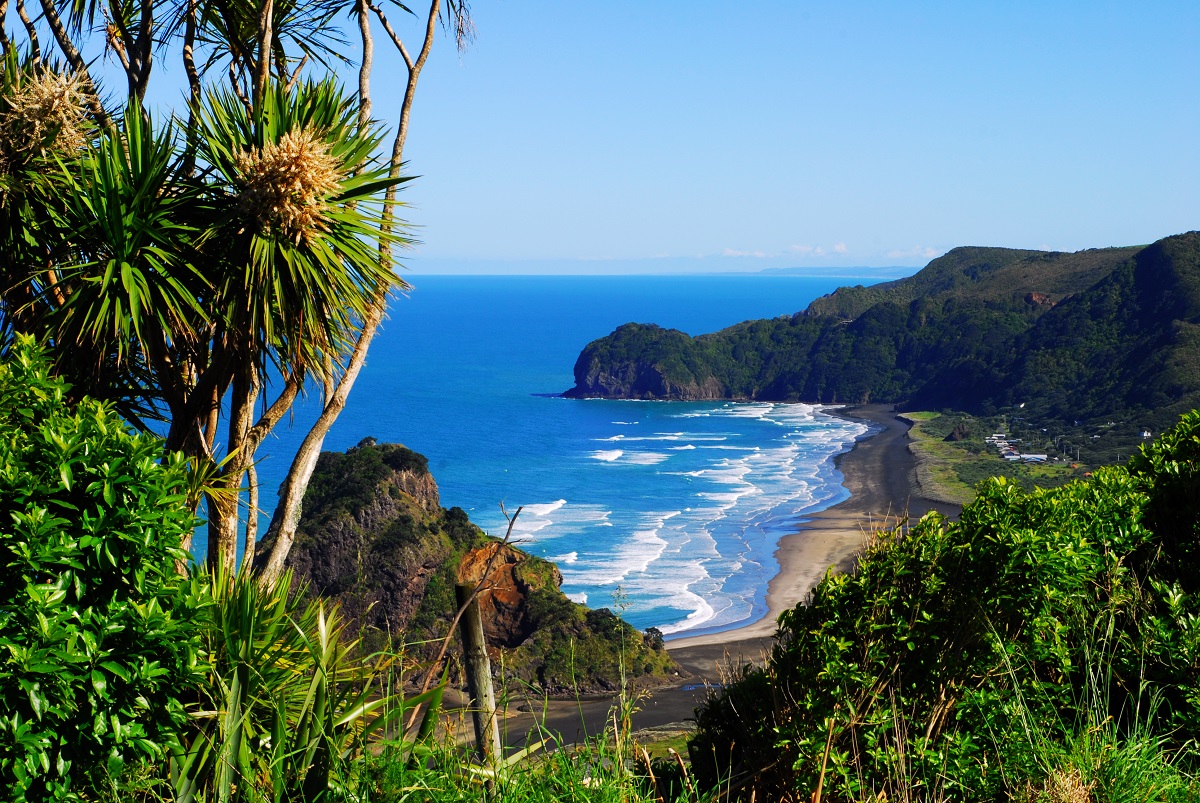If you’re picturing long sunny days, sparkling beaches, and unforgettable outdoor adventures, then January and February are the perfect months to visit New Zealand. As the height of the Southern Hemisphere summer, this is when the country is truly at its most vibrant. It will be welcoming, sun-drenched, and alive with festivals, nature, and energy.
From North Island’s subtropical coasts to the South Island’s alpine lakes and glacier-fed rivers, the scenery is spectacular, and the warm weather means you can enjoy it all to the fullest. Whether you want to kayak through turquoise bays, explore ancient forests, discover Māori culture, or simply relax with a glass of wine overlooking the vines, New Zealand in summer delivers.
Weather and Climate: Long Days and Warm Nights
January and February are the warmest months of the year, with average daytime temperatures ranging from 23–28°C (73–82°F) in many parts of the country. Humidity remains low, making the warmth comfortable and perfect for being active outdoors.
- Plenty of sunshine: Some regions enjoy over 2,350 sunshine hours a year.
- Long daylight hours: With the sun rising early and setting late, you can pack a lot into each day – great for touring.
- Occasional showers: While mostly dry, the West Coast can still get rain, and New Zealand’s famously varied weather means it’s best to come prepared with light layers.
Top Activities and Experiences
With such great weather, it’s no surprise that summer is the most popular time to visit New Zealand. And while it may be busier, it’s also when the widest range of experiences is available. Here’s what makes these months so special:
- Outdoor adventure: The warm weather makes this an excellent time for hiking, cycling, sailing, and kayaking. The tracks are dry, the sea is warm, and conditions are perfect for exploring.
- Beach life: From the Coromandel Peninsula to Abel Tasman National Park, you’ll find golden beaches and calm bays ideal for swimming, snorkelling and paddle boarding.
- Wildlife watching: Head to Kaikōura to see dolphins and sperm whales, or explore the coastline of the South Island for fur seals and penguins.
- Glacier experiences: Summer is a great time to visit Franz Josef and Fox Glacier, where helicopter tours offer stunning views of the Southern Alps and glacial icefields.
- Cultural encounters: Learn about Māori heritage in Rotorua, or attend a cultural performance and traditional hāngi feast.
What to Know Before You Go
- Book early: January is peak travel season, with school holidays and international visitors combining to make it the busiest time of year. Flights, accommodation, and popular activities often book up well in advance.
- Pack for variety: While the days are warm and sunny, New Zealand weather can be changeable – especially in the mountains or near the coast. Bring a light rain jacket and layers just in case.
- Expect more people: You’ll be sharing the country with other travellers and local holidaymakers, but the atmosphere is friendly and lively.
Despite the extra demand, most visitors agree that it’s worth it. This is New Zealand at its most accessible, with extended opening hours, fully staffed attractions, and a buzz in the air that makes every destination feel alive.
Get in Touch Today
Let us help you start planning your New Zealand summer adventure. Enquire now about our January and February 2026 tours, or ask about other dates throughout the year. Wherever you go, and whenever you travel, we’ll make sure your journey is truly memorable.

